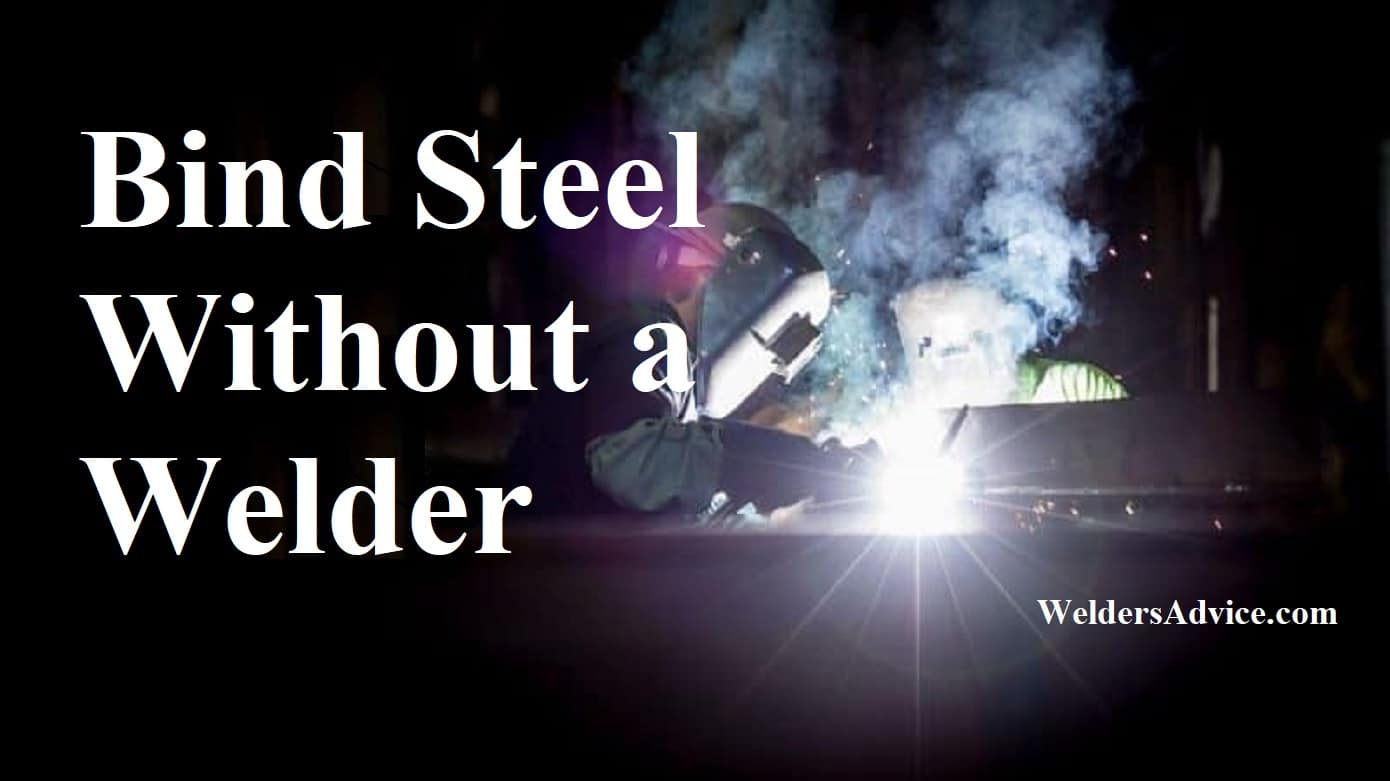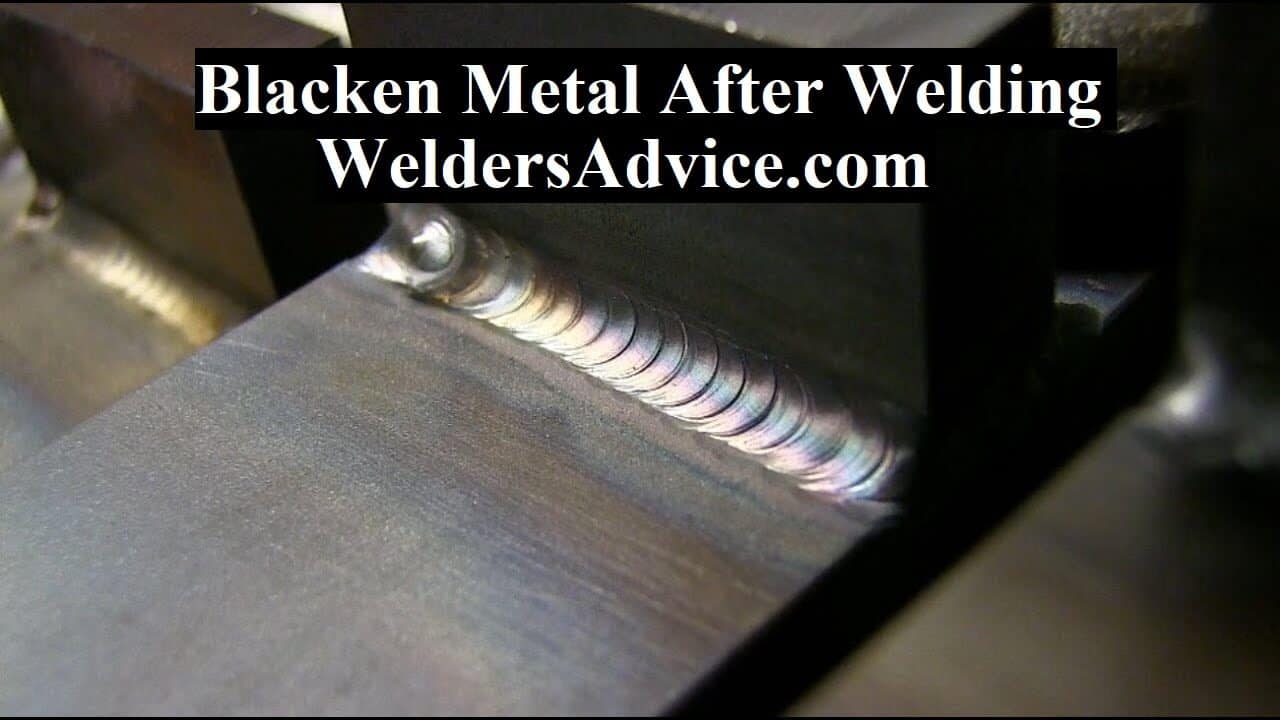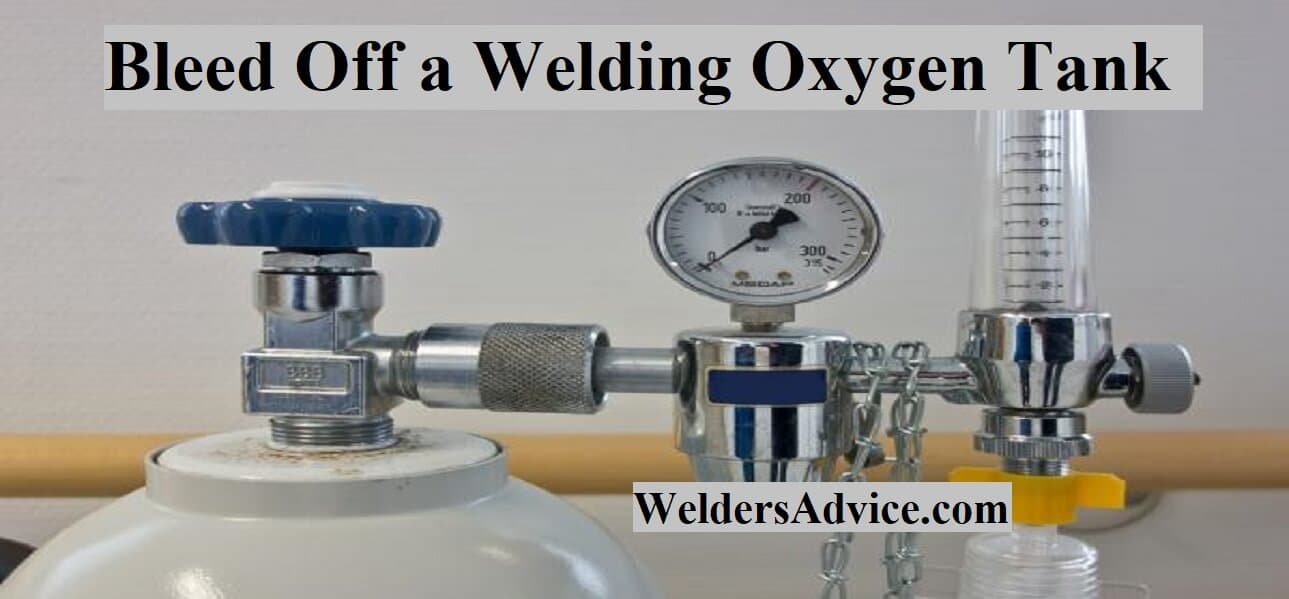To bind steel without a welder, use industrial adhesive or high-strength tape. Cutting and shaping the steel in advance will ensure a better fit and stronger bond.
If you need to join pieces of steel together but don’t have a welder, it’s important to know that there are a few alternative methods available. Welding can be an expensive and challenging process, especially if you don’t have the necessary equipment or experience.
Fortunately, there are other ways to bind steel together without a welder. By using industrial adhesive or high-strength tape, you can create a strong and durable bond between two or more pieces of steel. However, it’s essential to carefully cut and shape the steel in advance to ensure a snug fit and maximize the strength of the bond. In this article, we’ll explore some of the most effective ways to bind steel without a welder.
- Creative Solutions For Binding Steel Without A Welder
- Adhesive Binders As An Alternative To Welding
- Mechanical Fastening Techniques For Binding Steel
- Brazing: An Efficient Method For Binding Steel
- Riveting: A Simple Yet Effective Method For Binding Steel
- How Do You Bind Steel Without A Welder?
- What Other Materials Can Be Used To Bind Steel?
- How Strong Is A Steel Bond Without Welding?
- Is Binding Steel Without A Welder As Effective As Welding?
- Final Thoughts on Bind Steel Without a Welder
Creative Solutions For Binding Steel Without A Welder
Creative solutions for binding steel without a welderif you’re in a situation where you need to bind steel but don’t have a welder, don’t worry. There are many workarounds that you can use instead. Some of the common alternative methods include using bolts, rivets, adhesives, or clamps.
The importance of binding steel without a welder cannot be understated, as it allows for quick and easy repairs without needing any specialized equipment. In addition, it expands the possibilities of what can be accomplished, especially for those who don’t have access to a welder.
With a bit of creativity and ingenuity, you’ll be able to complete your projects and repairs just as effectively without a welder.
Adhesive Binders As An Alternative To Welding
Adhesive binders are an excellent option for binding steel without a welder. They offer numerous benefits, such as being economical and easy to apply. There are different types of adhesive binders, including two-part epoxies and cyanoacrylate glues. Guidelines for using adhesive binders involve proper surface preparation, application techniques, and curing time.
When compared to welding, adhesive binders have numerous advantages, such as not requiring a heat source and being more flexible. So, if you need to bind steel without a welder, adhesive binders are a great option.
Mechanical Fastening Techniques For Binding Steel
Mechanical fastening techniques offer a great alternative to welding steel. The advantages of mechanical fastening include no heat distortion, no welding fumes, and the ability to remove and reuse the components. There are different types of fastening techniques such as riveting, screws, bolts, and adhesive bonding.
However, it’s important to take certain precautions while using these techniques to ensure safety, accuracy, and reliability. For instance, bolts and screws require proper torque settings, while adhesive bonding requires the use of appropriate adhesive and surface preparation. Finally, the comparison between mechanical fastening and welding depends on the application, material type, and environment.
Overall, mechanical fastening is a viable solution for binding steel without a welder.
Brazing: An Efficient Method For Binding Steel
Brazing is an efficient method of binding steel without using a welder. It has several advantages over welding. It doesn’t require electricity and can easily join dissimilar metals. To use brazing, you need a torch and a brazing rod, which is a metal alloy that melts at a lower temperature than the base metal.
Safety measures include wearing protective gear and ensuring proper ventilation. Compared to welding, brazing produces less heat, which reduces the risk of warping or distortion of the base material. It also creates a joint that is stronger than the base metal.
By using brazing, you can bond steel together quickly and easily, without any need for a welder.
Riveting: A Simple Yet Effective Method For Binding Steel
Riveting is a simple and effective way to bind steel without a welder. The advantages of riveting include its strength, durability, and versatility. There are several types of rivets that can be used for binding steel, including blind rivets, solid rivets, and pop rivets.
To use rivets for binding steel, it is important to first select the correct type and size of the rivet and to properly prepare the materials. When compared to welding, riveting is often a faster and more cost-effective method of binding steel.
By following these tips and techniques, anyone can learn how to successfully use rivets for binding steel in a variety of applications.
How Do You Bind Steel Without A Welder?
One way to bind steel without a welder is through mechanical methods such as using bolts, screws, rivets, or clamps. Another method is utilizing adhesives or epoxy for a strong bond.
What Other Materials Can Be Used To Bind Steel?
Aside from mechanical methods and adhesives, other materials such as wire, cordage, tape, and shrink wrap can be used to bind steel. It’s important to choose the right material based on the intended use and load.
How Strong Is A Steel Bond Without Welding?
The strength of a steel bond without welding mainly depends on the chosen method of binding. For example, a bolted joint can provide high strength, while adhesives can provide a strong and heat-resistant bond.
Is Binding Steel Without A Welder As Effective As Welding?
Depending on the method used, binding steel without a welder can be just as effective as welding. In some cases, such as with adhesive bonds, it can even be stronger and more versatile. However, for certain applications, welding may still be the best option.
Final Thoughts on Bind Steel Without a Welder
As you can see, welding isn’t the only solution for binding steel. With these alternative methods, you can save time and money while still achieving effective results. Whether you opt for mechanical fasteners, adhesives, or brazing, each method comes with its own unique set of advantages.
Careful planning and proper execution will ensure that your steel-binding project is successful and that your materials stay securely in place for years to come. So, next time you’re faced with a steel-binding dilemma, remember these options and choose the one that best suits your needs.
With these techniques in your arsenal and a bit of practice, you’ll soon become an expert at binding steel without a welder.





